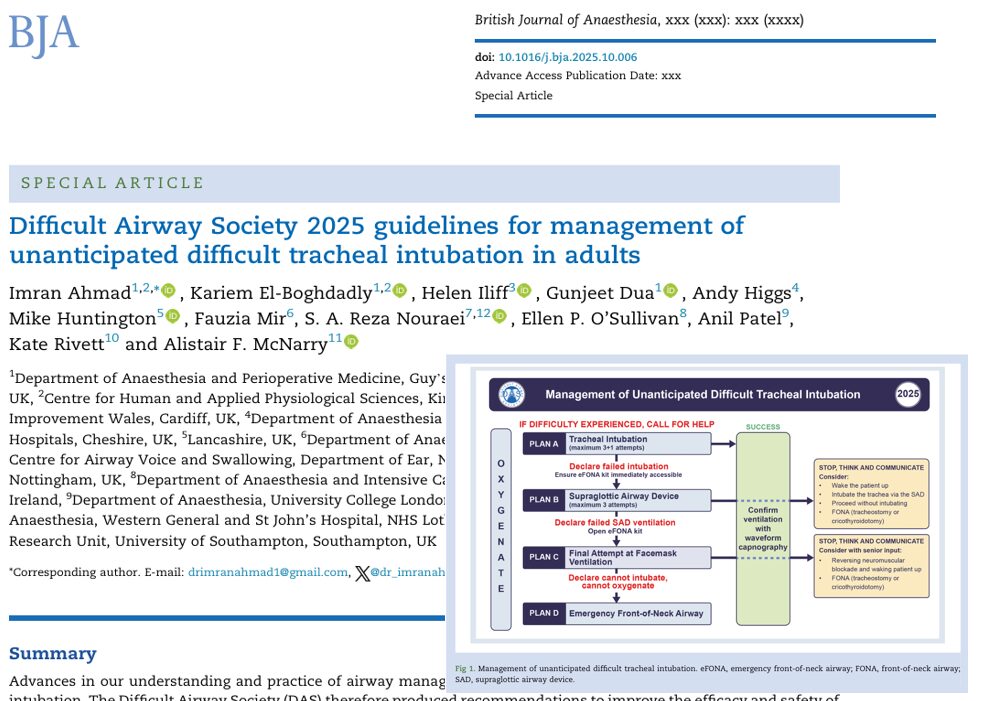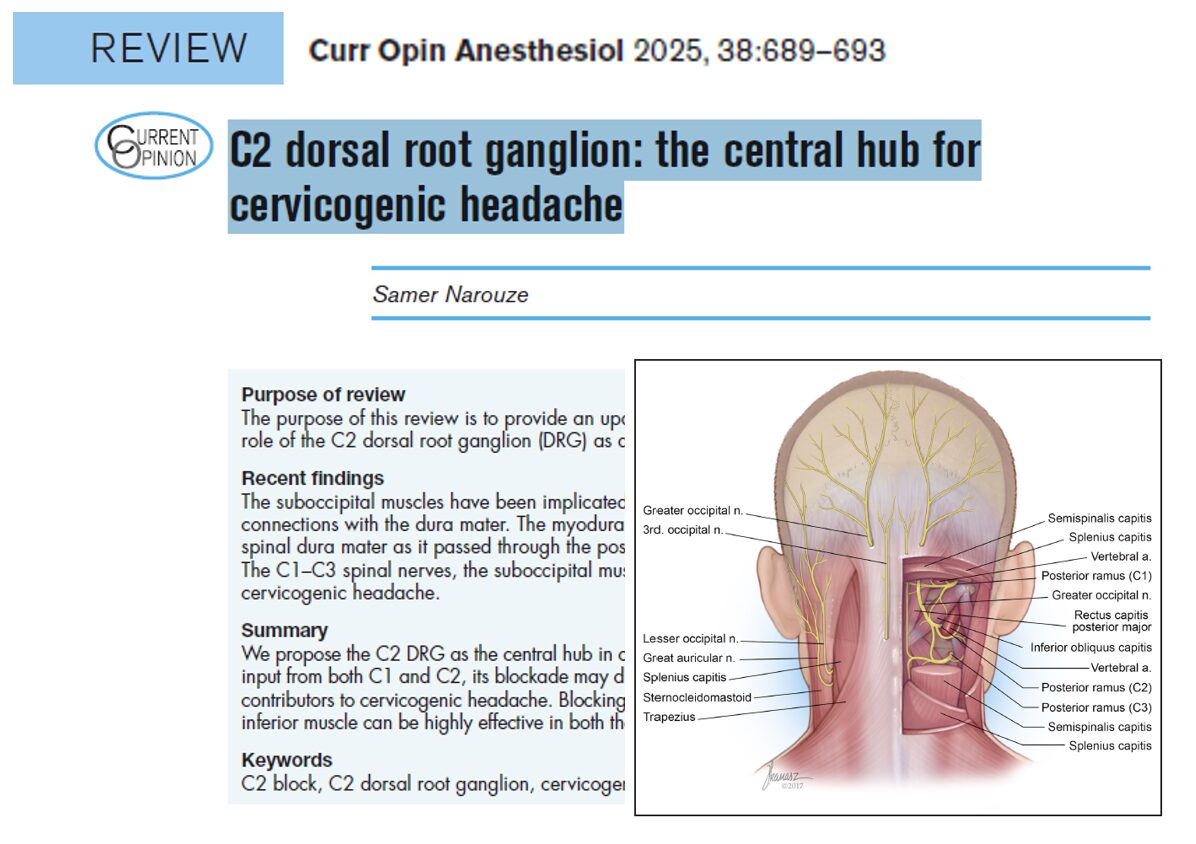Explore NYSORA knowledge base for free:

Regional anesthesia is increasingly recognized as an essential component of pediatric anesthetic care. Its benefits are clear: reduced postoperative pain, decreased opioid consumption, and faster recovery, all of which improve outcomes and minimize adverse events. However, most anatomical knowledge underpinning pediatric regional anesthesia is extrapolated from adult studies. Neonates and infants are not simply “small adults”—their anatomy differs in ways that may significantly affect the accuracy and safety of nerve blocks. The superficial cervical plexus (SCP), formed by the anterior rami of C1–C4, provides sensory innervation to the anterolateral neck and areas of the head and shoulder. Its cutaneous branches (great auricular, lesser occipital, supraclavicular, and transverse cervical nerves) typically emerge at the midpoint of the posterior border of the sternocleidomastoid (SCM)—a landmark often called the “nerve point of the neck.” In adults, this nerve point is a reliable target for SCP blocks, widely applied for thyroidectomy, mastoidectomy, cleft excision, and cochlear implantation. Until now, little anatomical data existed for neonates, leaving clinicians to rely on adult-derived assumptions. This study by Prigge et al. aimed to define neonatal-specific anatomy of the SCP, providing evidence-based landmarks for safe and effective nerve blocks in the youngest patients. Study objective and methods The primary objective of this anatomical study was to precisely locate the superficial cervical plexus in neonates and establish standardized anatomical landmarks to guide SCP blocks. Design: Observational, cross-sectional anatomical study. Setting: Department of Anatomy, University of Pretoria, South Africa. Subjects: 22 embalmed neonatal cadavers (0–28 days old, normal birth weight, no congenital abnormalities). Dissection protocol: Supine positioning with contralateral head rotation to simulate patient positioning. Layered dissection of the cervical region to expose the SCP at its emergence from the posterior border of the SCM. Identification of cutaneous branches (great auricular, lesser occipital, supraclavicular, and transverse cervical nerves). Relation to […]

What’s new The 2025 DAS guideline, titled “Management of unanticipated difficult tracheal intubation in adults”, is a major update authored by Imran Ahmad et al. and published in the British Journal of Anaesthesia. Key features: 1,241 papers reviewed via systematic review, three‑round Delphi process over 3 years. 65 recommendations covering major domains: assessment, peroxygenation, human factors, post‑intubation care, and more. Maintains the linear algorithm of Plan A → Plan B → Plan C → Plan D (intubation → supraglottic airway → facemask ventilation → emergency front‐of‐neck airway). Emphasises maximising success (first pass, oxygenation) rather than only managing failures. Why this matters Unanticipated difficult airway situations remain a key source of perioperative morbidity and mortality; updated evidence means practice must evolve. Clinicians now have a modern, evidence‑based tool to guide management when intubation becomes challenging. The guideline synthesises technological advances (e.g., videolaryngoscopy, point‑of‑care ultrasound), human factors, and systems thinking into airway management. Highlighted domains and key changes 1. Pre‑intubation assessment & planning The guideline reinforces structured airway assessment AND creates a strategy for the physiologically difficult airway (e.g., shock, severe hypoxia, obesity). Planning includes preparation of equipment, team roles, backup plans, and the use of cognitive aids. 2. Peroxygenation and oxygenation strategies Continuous oxygen delivery throughout airway management is prioritised. Strategies such as high‑flow nasal oxygen, non‑invasive ventilation, and head‑up ramping are given emphasis. 3. First‑pass success and device strategy The document emphasises maximising first‑attempt intubation success using appropriate tools and techniques. Universal use of videolaryngoscopy is increasingly expected, and the guideline incorporates evidence for this. 4. Using the algorithm: Plan A to D Plan A: Tracheal intubation. Plan B: Supraglottic airway device ventilation. Plan C: Facemask ventilation. Plan D: Emergency front‑of‑neck airway (eFONA). The guideline reinforces the importance of rapid progression through plans if failure occurs, and clear criteria for when to move to the next plan. 5. Human factors, teamwork & training […]

Cervicogenic headache (CGH) is a challenging clinical condition that straddles the boundaries of neurology, pain management, and musculoskeletal medicine. Though often misdiagnosed as migraine or tension-type headache, CGH originates from the cervical spine and can cause persistent, disabling head pain that radiates from the neck to the occipital, temporal, or even orbital regions. In a landmark review published in Current Opinion in Anesthesiology, Dr. Samer Narouze consolidates decades of anatomical and clinical research to position the C2 dorsal root ganglion (DRG) as the central hub for both the pathogenesis and treatment of CGH. His review emphasizes the importance of the C2 DRG, myodural bridges (MDBs), and suboccipital musculature in understanding and managing cervicogenic headaches. What is a cervicogenic headache? Cervicogenic headache is defined as head pain referred from a source in the cervical spine, typically the upper three cervical nerves (C1–C3). It is often unilateral, non-throbbing, and provoked by neck movement. The International Classification of Headache Disorders, 3rd edition (ICHD-3) provides clear criteria for diagnosing CGH, including: Radiological or clinical evidence of cervical pathology Temporal relationship between the cervical lesion and headache onset Symptom resolution with local anesthetic blocks Pain provoked by neck movements or pressure on cervical structures Epidemiology and clinical impact General population prevalence: 0.4% to 2.5% Prevalence in chronic headache patients: Up to 20% In patients undergoing cervical spine surgery: 21% meet CGH criteria Given these figures, CGH is likely under-recognized and undertreated, particularly in patients labeled with chronic migraines or non-specific headaches. Clinical features of CGH Distinctive signs include: Occipital pain that may radiate anteriorly Side-locked headache (consistently one-sided) Pain aggravated by neck movement or sustained posture Reduced cervical range of motion Tenderness over C2–C3 joints or suboccipital muscles Common mimics include: Migraine (due to overlapping distribution) Tension-type headache Occipital neuralgia (may coexist) Why is the […]